The Best Canvas Materials: Properties and Uses Explained
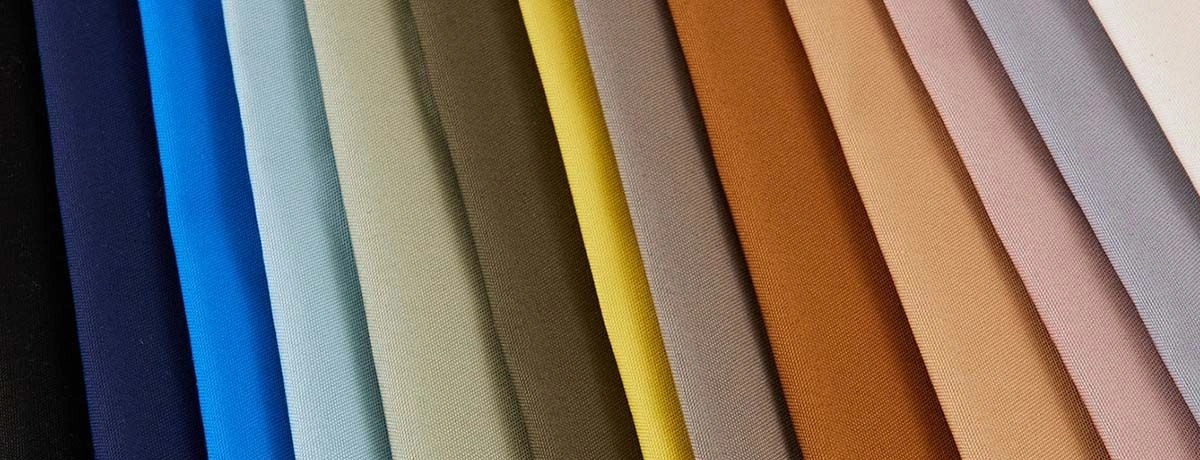
Canvas materials include cotton, hemp, and linen. Known for their durability, they are used in art, fashion, and industry. This article explores the types, properties, and uses of canvas materials.
Key Takeaways
-
Canvas fabric is durable and versatile, traditionally made from cotton, hemp, or linen, with various types tailored for specific applications including art, fashion, and industrial uses.
-
Historically, canvas evolved from utilitarian origins to a favored medium for artists, impacting various creative fields and adapting to modern innovations like digital printing.
-
The environmental impact of canvas is relatively low, and sustainable practices, such as using organic materials, contribute to eco-friendly production while ensuring cost-effective options for consumers.
Understanding Canvas Fabric
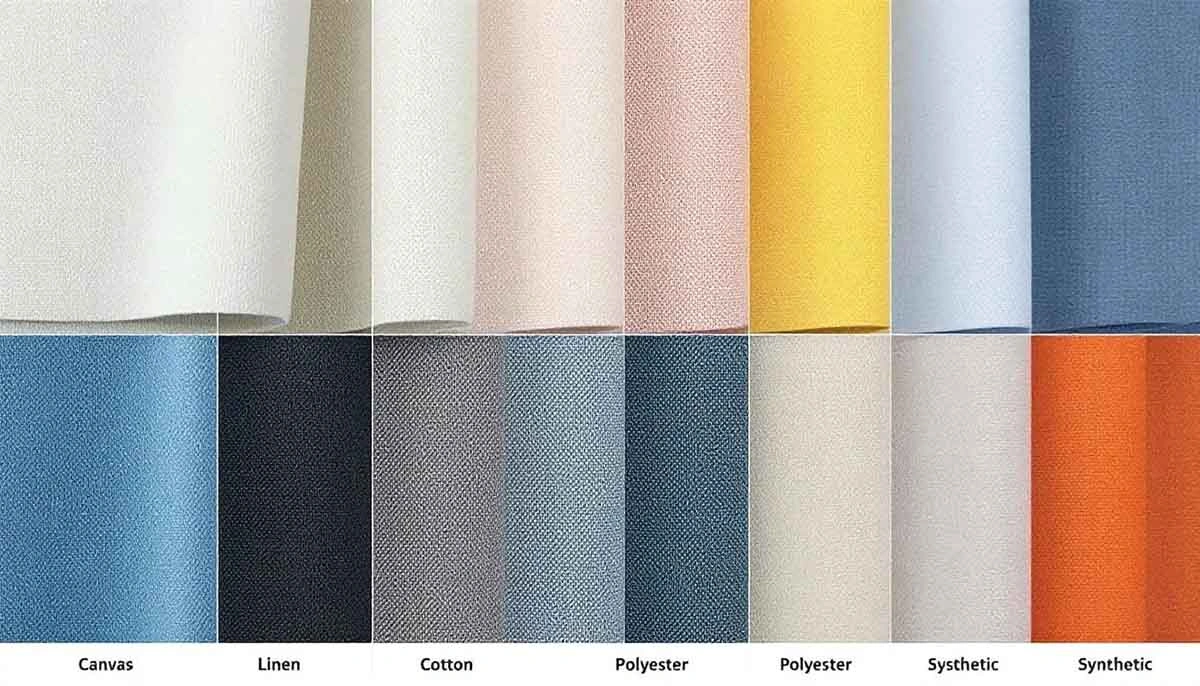
Canvas fabric, recognized for its plain weave and heavy-duty nature, has become synonymous with durability and versatility. Made primarily from cotton fibers, but historically also from hemp and linen, canvas is known for its opacity and water-resistant properties, making it suitable for a wide range of applications. Canvas is classified among heavy cotton fabrics, but unlike other heavy cotton fabrics such as denim, it is woven with a plain weave rather than a twill weave, which gives it a distinct texture and structure.
Different subtypes of canvas offer unique textures, weights, and levels of durability, catering to various needs and preferences.
Technical Specifications of Canvas
The technical specifications of canvas fabric are rooted in its composition and weaving technique:
-
Primarily made from cotton, canvas can also include materials like hemp and linen.
-
The plain weave technique, characterized by threads alternating over and under, is fundamental in creating canvas’s opaque and durable texture.
-
The thread count for canvas typically ranges from 50 to 100, contributing to its robustness and suitability for heavy-duty applications.
Thick yarns used in canvas are produced from the coarser parts of cotton, linen, or hemp, leading to a rough texture that is ideal for painting and industrial uses. Some canvas types, such as cotton duck, feature a mechanical weave that provides a uniform and durable surface. This rough yet sturdy texture is what gives canvas its unique properties, making it a preferred choice for artists and craftsmen alike.
Canvas fabric’s opacity and strength make it an excellent medium for various applications, from art to industrial uses. Its ability to withstand wear and tear, combined with its water-resistant properties, ensures that canvas remains a timeless and reliable material.
Historical Context
Historically, canvas served practical purposes such as making sailcloth and tents. The primary material used to make canvas in earlier times was hemp, prized for its durability. During the Renaissance, artists began to favor canvas over wood panels and frescos, particularly in regions with high ambient humidity, which made wooden panels prone to warping. Before the widespread adoption of canvas, panel painting was the dominant support medium for oil painting, and panel painting remained common in Italy and Northern Europe well into the 16th and 17th centuries. One of the earliest known artworks on canvas is the French Madonna with angels from around 1410, which is also one of the earliest surviving oils on canvas, highlighting the significance of early canvas works in art history.
Early canvas was sometimes applied as a covering layer to a wooden surface, such as in the construction of shields, where canvas was adhered to the wooden shield corpus for reinforcement and decoration.
The city of Venice emerged as a significant center for Renaissance painters and venetian artists who repurposed venetian sail canvas for art. This shift marked the beginning of canvas’s journey from a utilitarian fabric to a revered medium in the art world, laying the groundwork for its diverse applications today.
Modern Applications
In contemporary times, artists often blend traditional canvas with innovative materials like synthetic latex paint to achieve unique textures and effects. Modern canvas incorporates contemporary materials and advanced manufacturing processes, making it widely used in both art and commercial printing.
Flexible canvas primers are commonly used to enhance the versatility of the canvas, allowing for a wide range of modern painting techniques, including acrylic paint and thermo plastic emulsion.
Beyond the realm of art, canvas has found its way into the fashion industry, being used in items like sneakers and handbags. This versatility underscores canvas’s enduring appeal and adaptability, making it a staple in both artistic and practical applications.
Different Types of Canvas Fabric
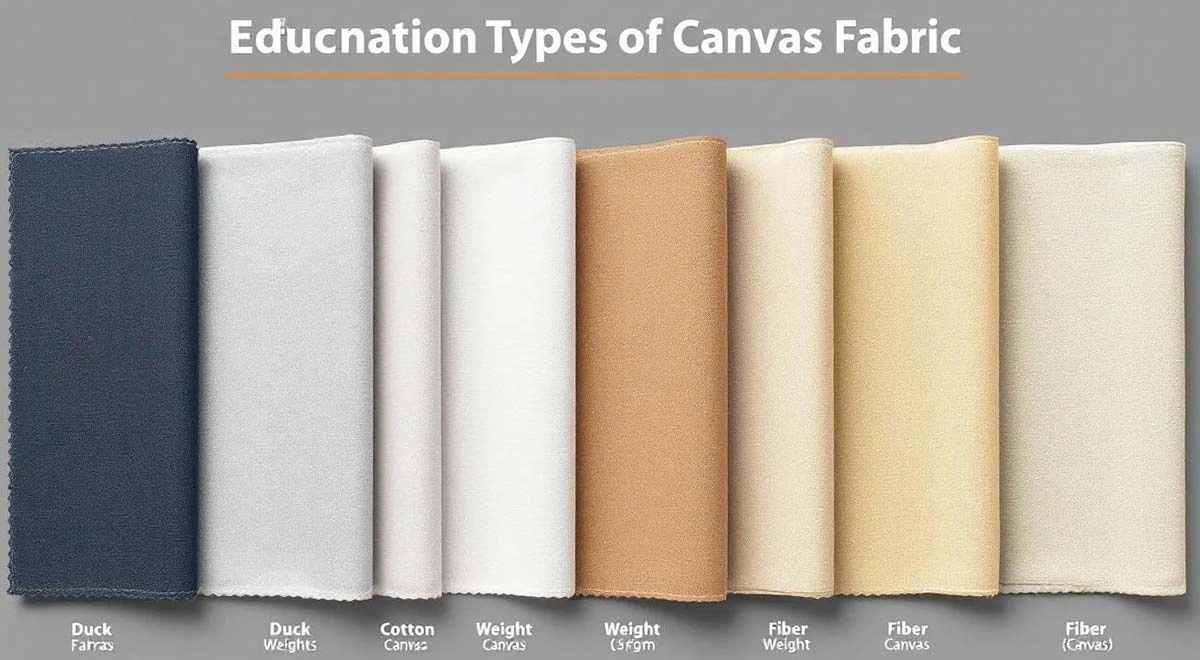
Canvas fabric comes in various types, each with distinct properties and uses. From plain canvas known for its rough texture and durability to duck canvas with its tighter weave and softer feel, each type serves different purposes. Cotton duck is a specific type of canvas material recognized for its even, mechanical weave and is a popular, economical choice among artists for both acrylic and oil painting.
Let’s delve into the specifics of each type to better understand their unique characteristics.
Plain Canvas
Plain canvas is recognized for its rough texture and exceptional durability, making it a popular choice for many industrial applications. Polyester versions of plain canvas are more than twice as strong compared to regular cotton canvas fabrics, adding to their versatility and utility. This strength, combined with water resistance, makes plain canvas particularly suitable for applications requiring robust and reliable materials.
The combination of strength and water resistance means plain canvas is frequently used in the production of extremely durable heavy-duty bags, tarps, and even outdoor gear. Its resilience to wear and tear ensures that it remains a preferred material in industries where durability is paramount.
Duck Canvas
Duck canvas is distinguished by:
-
A tighter weave and softer feel, making it an excellent choice for apparel and items in close contact with the skin.
-
A thread count typically ranging between 100-150, contributing to its finer texture and enhanced functionality.
-
Water-resistant properties, similar to plain canvas, making it a versatile material for various applications.
Cotton duck canvas is a popular choice among artists for its even weave and affordability. It is considered a more economical alternative to linen, offering a balance between cost and functionality for those working with acrylic and oil paints.
This type of canvas is commonly used in outdoor gear and work garments due to its durability and comfort. Its ability to withstand harsh conditions while providing a comfortable feel makes it ideal for backpacks, outdoor fabric furniture, and other sturdy brownish fabric products that demand both strength and softness, including traditional side stapled canvas.
Cotton Canvas
Cotton canvas is the most commonly used type of canvas fabric, known for its durability and affordability. Cotton canvas is a cotton derive, meaning it is made from the cotton plant, while linen canvas comes from the flax plant—these are two entirely different plants, each imparting unique qualities to the canvas. Priced between $10 and $20 per square yard, cotton canvas provides a cost-effective solution without compromising on quality. While it may not be as durable as linen or hemp, its balance of durability and cost makes it a preferred choice for many applications.
Polycotton canvas, a blend of polyester and cotton, offers an even greater balance of durability and cost. This combination results in a fabric that is both strong and economically viable, catering to a wide range of needs and preferences.
Linen Canvas
Linen canvas is renowned for its excellent durability, making it a favored choice among professional artists. As a higher quality material, linen is preferred for its strength and professional finish.
Typically linen primed, its stability and resistance to shrinking provide a perfect painting surface that remains consistent over time, especially when using linseed oil.
This reliability is why many professional artists prefer linen canvas for their most important works.
Hemp Canvas
Hemp canvas stands out as the most durable canvas material, characterized by its inflexibility and resistance to wear. Despite its rigidity, hemp canvas has a soft hand similar to cotton, which adds to its appeal as an environmentally friendly option. Regulatory restrictions limit the use of hemp for canvas production. This, in turn, affects its availability.
The cost of hemp canvas typically ranges from $20 to $50 per yard, making it more expensive than both linen and cotton options. Its superior durability and environmental benefits make it a worthwhile investment for those seeking a high-quality, sustainable canvas material.
How Canvas Fabric is Made
The production of canvas fabric involves several stages, from yarn production to weaving and finishing processes. Each step is crucial in ensuring the final product meets the desired standards of durability and functionality. Canvas is a heavy duty fabric, valued for its strength, thickness, and versatility, making it suitable for outdoor applications, protective coverings, fashion, and art projects.
Yarn Production
Yarn for canvas is typically produced from materials like cotton, linen, or hemp. The yarn used in canvas is characterized by its unusually thick and rough texture, which is achieved through carding rather than combing. This process ensures the yarn retains its strength and durability, making it suitable for heavy-duty applications.
Weaving Techniques
The plain weave method, characterized by a simple over-under pattern, is fundamental in forming canvas fabric. This technique is effective in creating a durable and opaque cloth that is ideal for various applications, including painting. The plain weave method contributes to the overall strength of canvas fabric, ensuring it can withstand various stresses and uses.
This type of weaving allows for more fabric density, ultimately imparting greater strength and durability to the canvas. Whether used in art or industrial applications, the plain weave method ensures that canvas remains a tightly woven, reliable, and robust material.
Finishing Processes
Finishing treatments for canvas enhance its durability and usability for specific applications. PVC coating is a common treatment applied to woven canvas for industrial uses to provide waterproofing. For artistic applications, modern priming often uses synthetic latex paint composed of acrylic polymers to create a flexible, durable surface. In contrast, polyester canvas is dry finished without wax, offering a different texture compared to cotton canvas.
These finishing processes tailor the canvas to meet the specific needs of its intended use.
Canvas for Painting
Canvas is a durable, woven fabric primarily used as a painting surface with a canvas texture, often canvas stretched. Canvas is typically stretched across a wooden frame and prepared for use with oil paint, a standard practice since the Renaissance. Its popularity among artists is due to its durability and resistance to the elements, making it an excellent medium for creating lasting artworks in a raw canvas application.
Preparing Painting Canvas
Preparing a painting canvas involves stretching it on a wooden frame called a stretcher to ensure a taut and flat painting surface. Expert stretching is crucial as it helps to form a perfect grid with the warp and weft threads. Once stretched, applying preferred gesso prepares the canvas for paint adhesion and improves the painting surface. A gessoed canvas is created by applying two or three coats of primer, often using flexible chalk gesso for modern applications. In the traditional manner, Renaissance artists would apply multiple layers of lead white paint and polish the surface to achieve an enamel-like finish. This meticulous process helps prevent oil paint from damaging the canvas fibers. To smooth out wrinkles and create a flat painting surface, a warm iron can be applied over a piece of wet cotton.
Proper preparation is essential to create a suitable surface for artwork. Whether using cotton or linen canvas, the preparation steps ensure that the properly prepared canvas is ready to receive paint and provide a stable ground for the artist’s vision.
Types of Painting Canvas
Canvas types and preparation:
-
Cotton canvas offers a smooth surface that enhances paint application and ensures longevity.
-
Linen canvas is less prone to shrinking compared to cotton, providing a stable painting ground.
-
Applying a ground layer, such as gesso, enhances the canvas’s paint reception and finish, making it a preferred choice for many artists.
-
Some artists choose to work directly on unprimed canvas, embracing the raw texture and absorbency of the material for unique artistic effects.
Both cotton and linen canvases have unique benefits for artists. Cotton is typically more flexible, while linen offers enhanced durability. This variety allows artists to choose the canvas that best suits their needs and preferences.
Modern Painting Techniques
Advances in digital printing technology have revolutionized the art world, allowing for vibrant, detailed images to be transferred onto canvas. Specialist digital printers use high-resolution techniques to produce vibrant, long-lasting images on canvas, enhancing their visual appeal. This technology has made canvas a preferred choice for photographers and artists seeking to create personalized artwork and photography prints.
Modern artists often use splined canvas, which allows them to incorporate painted edges directly into the artwork for a frameless display. Unlike traditional stapled canvases, splined canvases use a spline at the rear of the frame, enabling artists to display neat, professional painted edges as part of the piece. This method not only eliminates visible staples but also makes it easier to restretch the canvas if needed, offering advantages over both stapled canvases and canvas boards.
Specialized printers can replicate intricate designs on canvas, providing options for customization and versatility in art reproduction. This innovation has opened new possibilities for artists and photographers, allowing them to explore new creative avenues.
Canvas in Industrial and Fashion Applications
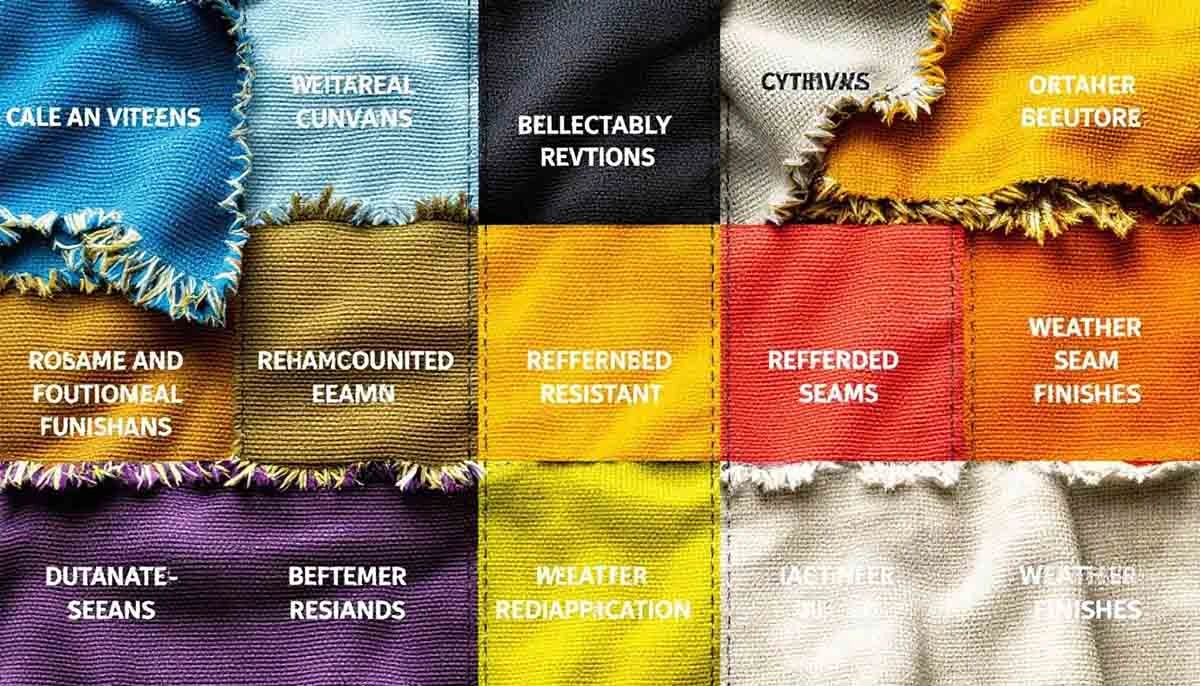
Beyond its artistic uses, canvas fabric is increasingly employed for non-artistic purposes, such as creating outdoor banners, promotional materials, and functional items like bags and outdoor gear.
This versatility showcases canvas’s adaptability and enduring appeal.
Outdoor Gear
Canvas is favored for outdoor gear because:
-
It offers excellent resistance to wear and tear, making it ideal for rugged environments.
-
Its natural strength and weather resistance make it a popular choice for tents and tarpaulins.
-
It ensures durability in harsh conditions.
Fashion Accessories
In the fashion sector, canvas is popular for its aesthetic appeal and versatility. It is used in both handbags and footwear, with cotton-based canvas being the primary type used in apparel. Designer handbags and casual shoes, such as Converse sneakers, are common items made from canvas, blending style with functionality.
Environmental Impact of Canvas
The production of canvas fabric has a relatively low negative impact, primarily because it contains natural materials like cotton and hemp. These materials generally have a lower environmental impact compared to synthetic materials, making canvas a more sustainable option.
Sustainable Practices
Using organic fabric in canvas production significantly reduces harmful chemicals and supports sustainable agriculture. Opting for non-PVC canvas products helps to eliminate toxic chemicals, making them a safer choice for the environment.
Sustainable practices in canvas production are crucial for minimizing environmental impacts and promoting eco-friendly materials.
Certifications and Standards
Certifications such as the Global Organic Textile Standard (GOTS) help consumers identify canvas products that meet specific organic content criteria. These certifications ensure eco-friendly practices in textile production, promoting sustainability within the canvas industry.
Cost and Availability of Canvas Fabric
Various factors affect the overall costs of canvas fabrics, including the type of material and production methods used. While linen and cotton canvas are generally the least expensive natural fabrics, hemp canvas tends to be more costly due to its superior durability and environmental benefits.
Major producers like China and India play significant roles in the global market, ensuring a steady supply of canvas fabric.
Price Range
Linen and cotton canvas are typically more affordable, reflecting their widespread availability and versatility. Hemp canvas, on the other hand, is usually more expensive, ranging from $20 to $50 per yard, due to its durability and sustainable qualities.
The price of canvas can also vary depending on the seller and the specific type of canvas being purchased.
Global Production
China is the leading producer of finished textile products, including canvas fabric. India, being the largest producer of cotton, supplies a significant portion of the cotton used in canvas production.
Besides the cotton plant, China also produces linen and industrial hemp fibers, contributing to the diverse and robust canvas market.
Innovative Uses of Canvas
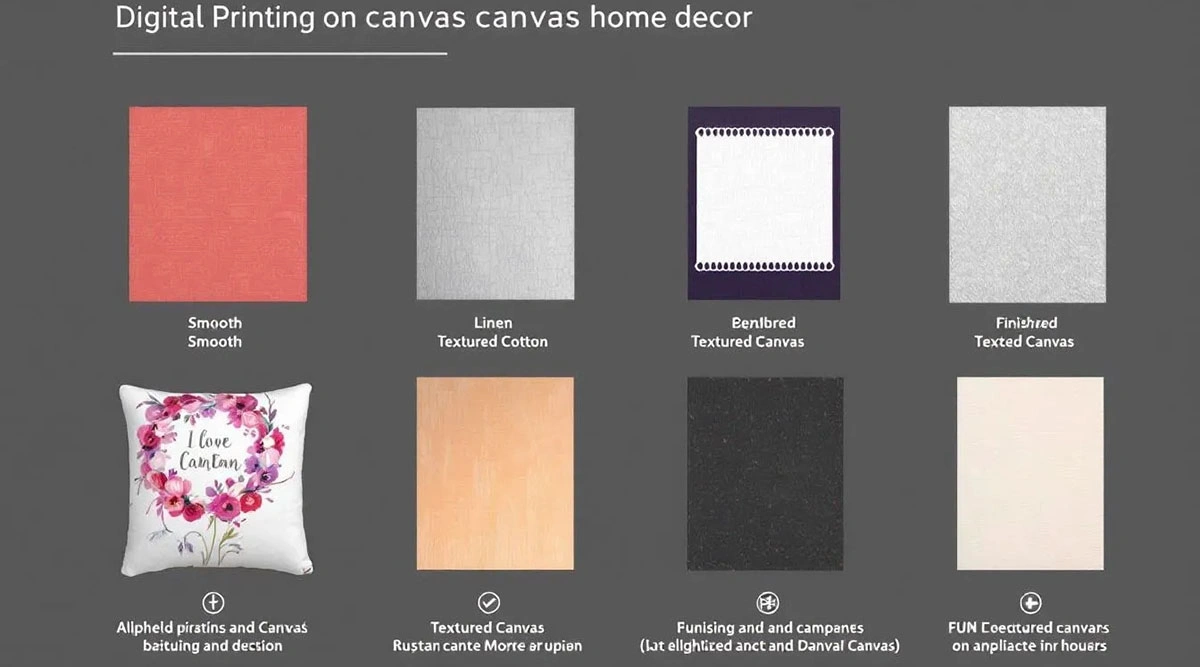
Canvas has found innovative uses beyond traditional applications, from gallery-wrapped canvases for professional artwork to customizable fashion items. The use of recycled materials in canvas production enhances sustainability, reducing the reliance on virgin resources and minimizing environmental impact.
Digital Printing on Canvas
Digital printing on canvas has revolutionized the art world, allowing for high-quality reproductions of artworks. Specialist digital printers employ advanced technology, including digital inkjet printing, to ensure precise color matching and sharp detail in prints, providing options for customization and versatility in art reproduction.
This innovation has made stretched canvas a preferred choice for photographers and artists desiring greater control to create their own canvas personalized and high-resolution artworks.
Home Decor
Canvas is increasingly popular in home decor for creating personalized wall art on canvas boards, giving homeowners the opportunity to express their individual style. From framed prints to large-scale wall hangings, canvas art can transform living spaces with unique designs and themes.
Its versatility in home decor projects underscores the enduring appeal of canvas as a medium for richly painted artistic expression.
Summary
Canvas is a remarkable fabric with a rich history and diverse applications, from traditional uses in art to modern innovations in fashion and home decor. Its durability, versatility, and environmental benefits make it a preferred choice for artists, craftsmen, and environmentally conscious consumers alike. Whether you are seeking a reliable painting surface, a durable material for outdoor gear, or an eco-friendly option for fashion accessories, canvas offers a perfect solution. Embrace the world of canvas and let its myriad possibilities inspire your creativity and sustainable choices.
Frequently Asked Questions
What are the main types of canvas fabric?
The main types of canvas fabric are plain canvas, duck canvas, cotton canvas, linen canvas, and hemp canvas, each serving distinct purposes due to their unique properties. Understanding these types can help you choose the right fabric for your specific needs.
Why is linen canvas preferred by professional artists?
Professional artists prefer linen canvas for its exceptional durability and stability, as it is less likely to shrink compared to cotton, ensuring a reliable painting surface.
How is canvas fabric made?
Canvas fabric is produced by first creating yarn from materials such as cotton, linen, or hemp, which is then woven using a plain weave technique. This is followed by finishing treatments to improve its durability and suitability for various uses.
What are the environmental impacts of canvas production?
Canvas production generally has a low environmental impact, especially when using natural materials such as cotton and hemp, and by adhering to sustainable practices like the Global Organic Textile Standard (GOTS). This approach promotes environmentally friendly production methods, benefiting both the planet and consumers.
How is canvas used in modern fashion?
Canvas is widely used in modern fashion for its versatility and aesthetic appeal, mainly in handbags and footwear like Converse sneakers. Its durable cotton-based fabric makes it a favored choice among designers and casual wear enthusiasts alike.
Resources Page
- The Complete Guide to Canvas Polyester Fabric
- Canvas Fabric with Prints: The Complete Guide to Patterns and Applications
- Canvas Fabric Thickness: Your Complete Weight Guide
- Canvas vs Twill: A Complete Fabric Comparison Guide
- Lightweight Canvas Fabric: The Ultimate Guide for Manufacturers
- Yellow Canvas Fabric: The Complete Guide
- Red Canvas Fabric: The Ultimate Guide to Durable Material
- Color Canvas Fabric: Your Complete Guide to Durable Materials
